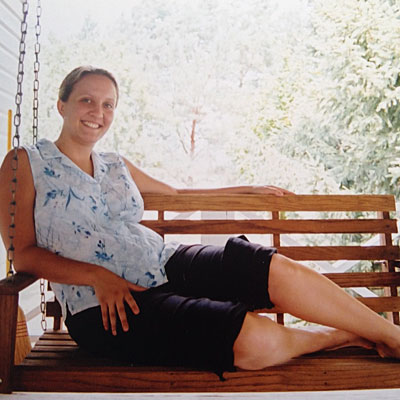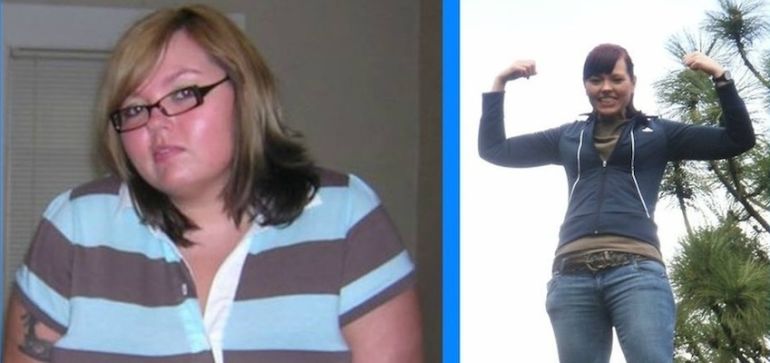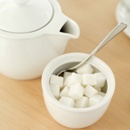The real fat burning zone
What is this magical place of fat burning... and how do we get there?

The fat-burning zone is sometimes thought of as the exercise intensity where the major fuel is fat. At around 65 per cent of your maximum heart rate (an intensity that can be achieved both in the weights room and traditional cardio variations) the body finds it easier to break down fat cells for energy than at higher intensities where it turns to carbohydrates.
The kicker: your high-intensity workouts keep the calorie burn going for the next 24 hours – adding six to 15 per cent more calories to the overall workout energy expenditure according to the American College of Sports Medicine.
Confusing? A more reasonable explanation of the fat-burning zone combines the correct nutritional approach and exercise intensity to create the ideal scenario for fat loss.
How to become a fat burner
Rule number one: a caloric deficit. "It all comes down to energy in versus energy out at the end of the day," says celebrity personal trainer Alexa Towersey.
But fewer calories doesn't necessarily equate to higher fat loss. Recent research at Maastricht University found that a diet of 500 calories a day for five weeks resulted in a similar weight loss to a diet of 1,250 calories a day for 12 weeks, but a much larger percentage came from lean muscle mass (18 per cent and 7.7 per cent, respectively).
On top of this, you need to adjust your macronutrients to prioritise fat burning. "To burn fat you need to eat fat," says Towersey. "Lots of people who go on diets reduce their carbohydrates but don't increase fats, and when you're without both fuel sources you start to feel really crappy and the body starts burning muscle for fuel." A double negative, considering lean muscle is vital for both maintaining metabolism and avoiding a 'skinny-fat' aesthetic.
Fats and carbohydrates are the body's two major sources of energy, so, theoretically, when you take carbs away the body is forced to turn to fat for fuel. "Your primary objective dictates whether you need to include starchy carbohydrates in your diet or stick to a diet higher in fat. If body composition is the goal, you don't want to consume both in high amounts," says Towersey.
Fat often isn't the body's first choice when it comes to efficient energy production, as it requires more oxygen – and, hence, metabolic effort – to break down than carbohydrates. Thus, tricking your body into burning fat isn't without its pitfalls.
"The body has to learn how to metabolise fat efficiently first, which can take a few days through to a few weeks to come into effect, depending on the individual... people often have negative experiences initially with removing carbohydrates from their diets – the first three or four days are usually very lethargic," says Towersey. "You need to ask yourself whether you're training for performance, where recovery is required, or whether you're training for body composition," says Towersey.
PRO TIP: Although it may be tempting to add in carbs before a cardio session or on your cheat days, the number one rule of the fat-burning zone is consistency. "Cheat 'weekends' can often be very damaging, especially beginner clients," says Towersey. "If your body is still not familiar with utilising fat for fuel, any short-term gains made during the week can all be undone over a two-day cheat. The body is not yet efficient enough at adapting metabolically in order to switch back to fat-burning mode come Monday."
-
Best Weight Machines for Women: Tone Up the “Hotness”Ladies!
If you’re anything like most women, the very sight of a weigh
-
Kick That Pot Belly to the Curb
Baby Boomer men and women entering the a
-
5 Tips on How to Lose Weight in Two Weeks
by Jas Oh Need sure fire tips on How to Lose Weight in Two Weeks. Bel
-
Different Types of Adult Obesity and Herbal Drugs
The fat is broken down in different ways
-
Major fat-burning discovery
Harvard researchers discover a hormone released by exercise. W
-
Weight Loss Why Do 98 Of People Fail On A Diet And How To Avoid This Easily
Everybody knows that 98% of dieters fail. But do you know exactly why
- DON'T MISS
- What Are Eating Disorders?
- What To Expect After Liposuction Surgery
- Walk a little faster, eat a little slower, and lose weight quickly
- How Stress Affects Weight Loss
- What Is In A Herbal Weight Loss Diet Pill
- Top 7 Reasons On Why Do Some Healthy Weight Lose Programs Fail
- I Really Need to Lose Weight - These Helpful Advices Are For You
- Can God Help me Lose Weight
- How Diet Can Affect Your Metabolic Rate
- This Is No Fantasy Story, You Can Lose Weight Fast With Weight Loss Spells




